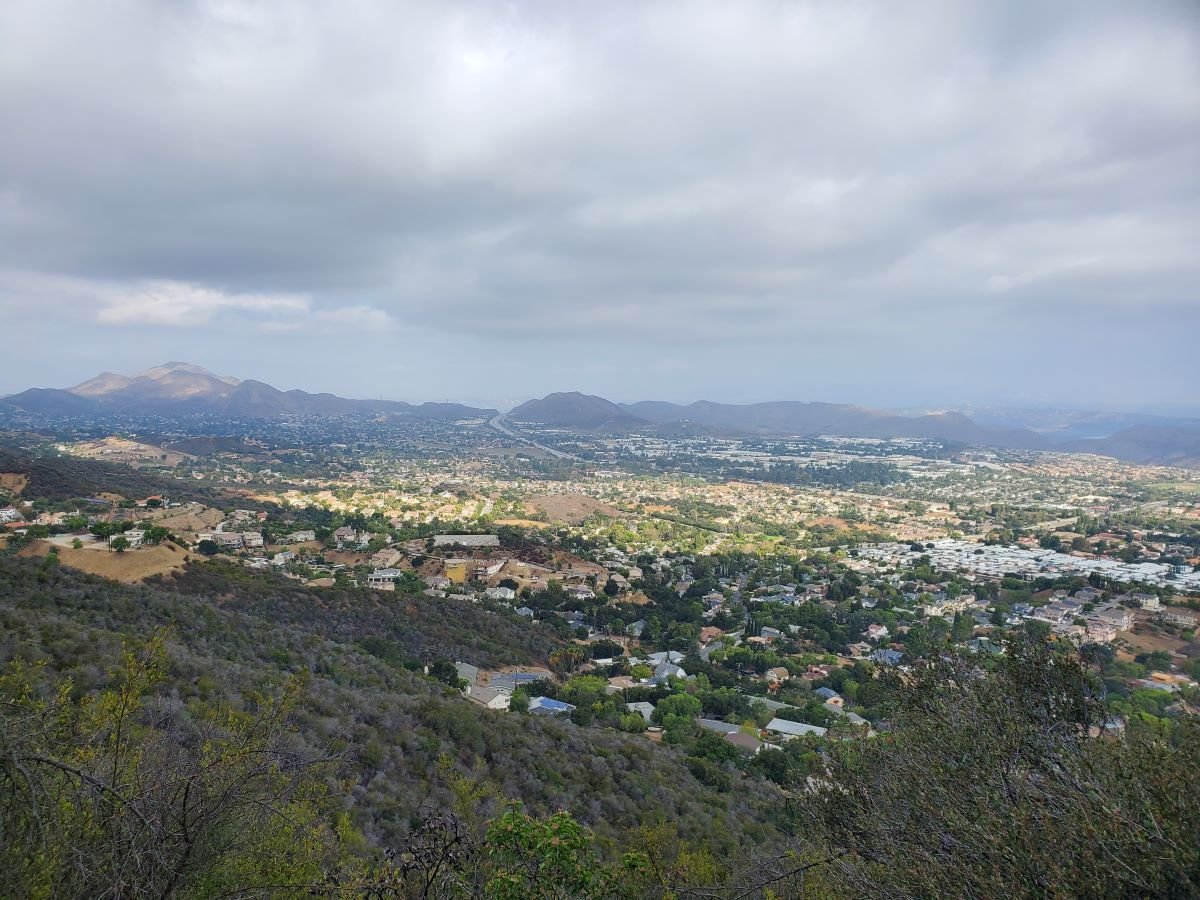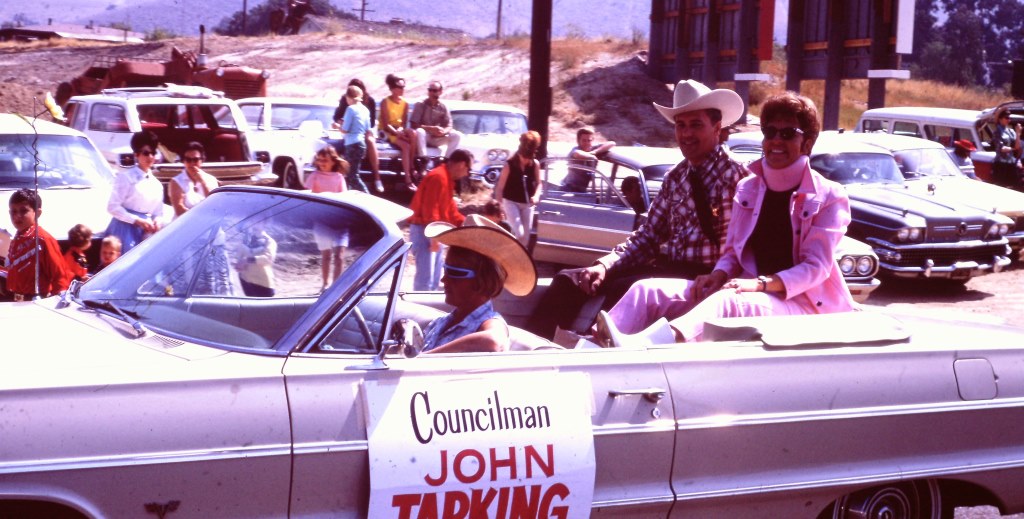A Bit of History Behind the Origination of the Conejo Valley Unified School District
/View of the Conejo Valley from the Los Robles Trail in Thousand Oaks
The Conejo Valley spans southeastern Ventura County and northwestern Los Angeles County. Communities in the Conejo Valley include Thousand Oaks, Newbury Park, Westlake Village, Oak Park, Agoura Hills, Lake Sherwood and a portion of Calabasas,
The Conejo Valley Unified School District was created July 1, 1974, unifying the following previous school districts:
Timber School District (founded in 1888).
Valley Oaks Union School District (founded in 1960 and formerly Conejo School District, founded 1877 and Santa Rosa School District, founded 1912).
Newbury Park and Thousand Oaks High Schools (formerly part of Oxnard Union High School District, founded in 1901).
The Timber School was established as the first school in Newbury Park in 1889. The original school was constructed at the intersection of what is now Newbury and Kelley Roads in Newbury Park. The original Timber School was a one room schoolhouse that was demolished to make way for the new, larger Timber School House erected in front of the original school in 1924. The Timber School Auditorium was built in 1948.
The Timber School House and Auditorium buildings at 1872 Newbury Road, Newbury Park represent City of Thousand Oaks Landmark No. 12 and Ventura County Historical Landmark No. 166.
A replica of the original Timber School House was built at the Stagecoach Inn Museum complex in 1995 by students of Newbury Park High School under direction of teacher, Randy Porter.
Replica of the original Timber School at the Stagecoach Inn Museum.
Photo of the original Timber School in 1889.
Formed in 1877, the Conejo School District predates the Timber School District. It was created at a time when there were 126 residents in the Conejo Valley, including 54 children under age 17. After operating for 4 months in a shanty on the ranch of Howard Mills, parents voted to assess $750 for a building that was constructed on two acres of land donated by Mills. The structure was called “Conejo School” and was located near what is now the northwest corner of Westlake Boulevard and Townsgate Road.
As a result of the terrible drought in late 1870s to early 1880s, many ranchers had to leave the area. The Mills property was sold to the Russell family. Abigail Russell, wife of Andrew Russell, Abigail struggled to keep the Conejo School open. Eventually, a new Conejo School was built and opened in 1929 at the current location of Conejo Elementary School at 280 N. Conejo School Road in Thousand Oaks. The original school built in 1929 was demolished in 1957 due to unsafe earthquake standards.
Learn more about the Timber School and Conejo School districts on the Stagecoach Inn Museum website at stagecoachinnmuseum.com/timber-school.
Students at Conejo School in 1941 (Photo donated by Gerald Olsen to the Conejo Through the Lens collection, Grant R. Brimhall Library, Thousand Oaks).
Today, the Conejo Valley Unified School District in Ventura County serves Thousand Oaks and its communities of Newbury Park and the Ventura County portion of Westlake Village. As of summer 2023, the district is comprised of the following schools:
3 preschool/early child care (birth to 4 years old) schools - CVUSD Preschool - Early Childhood Program, Wonder Preschool, Horizon Hills Parenting Program
18 elementary (K-5) schools (Acacia Magnet School, Aspen, Banyan, Conejo Academy of Leadership and Language Immersion, Cypress, EARThS Magnet, Glenwood, Ladera STARS Academy, Lang Ranch, Madroña, Maple, Open Classroom Leadership Magnet, Sycamore Canyon, Walnut, Weathersfield, Westlake, Westlake Hills, Wildwood)
SHINE: Home School Program (TK-12)
6 middle schools (Century Academy, Colina, Los Cerritos, Redwood, Sequoia and Sycamore Canyon)
5 high schools (Newbury Park, Thousand Oaks, Westlake, Conejo Valley and Century Academy)
The Conejo Valley Adult School
The Conejo Valley USD website is www.conejousd.org.



























